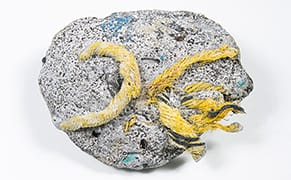
Interview
Plastiglomerate, the Anthropocene’s New Stone
The new stone is a fusion, through fire, of molten plastic and natural materials.

Interview
The new stone is a fusion, through fire, of molten plastic and natural materials.
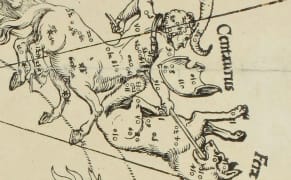
Art
The same year that Albrecht Dürer created his famous rhinoceros woodcut, the German artist also collaborated on the first star charts printed in Europe.

News
Now, thanks to NASA, you can stare at the sun for as long as you like.

Art
Among the 18 million specimens in the oldest natural history museum in the United States are contributions from missionaries and ministers who practiced science alongside their faith.

Books
Titian Peale could have been the first major American lepidopterist, but instead his five decades of vibrant butterfly illustrations and research languished, unpublished until 130 years after his death.
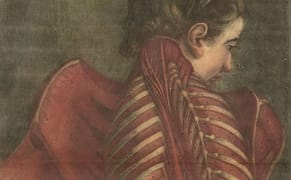
Art
In the 18th-century, French artist Jacques Gautier-D’Agoty painted numerous dissected corpses with muted colors and quiet dignity that made them appear alive, despite the flayed skin and exposed muscles.

Art
Astronomers have long considered the harmony of the universe as a sort of music, from Pythagoras and the Musica Universalis, to Kepler and the "music of the spheres."
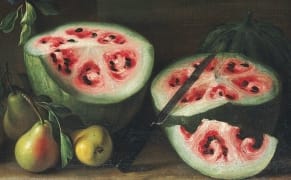
Art
The watermelons of our summers are not the watermelons of yesteryear, as demonstrated by a 17th-century painting by Italian artist Giovanni Stanchi.
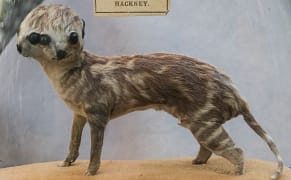
Books
After 25 years of collecting contemporary art, George Loudon's eye was caught by a display of 19th-century glass flowers at Harvard University.
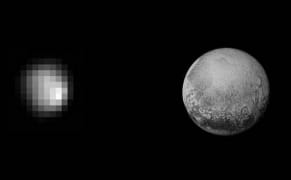
News
Early yesterday morning Pluto, three billion miles from Earth, appeared in our sharpest view yet.
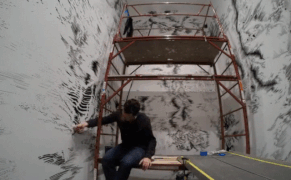
Art
The majority of our universe is energy and matter that we cannot see. The dark matter that overwhelms our earthly objects emits no light, and is therefore a nebulous thing to represent, something that is more an idea than a vision.
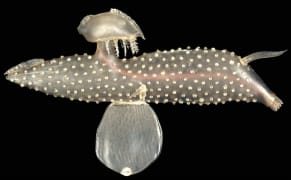
Art
Melting glass over a flame, the 19th-century Czech father-and-son team of Leopold and Rudolf Blaschka replicated in fragile detail specimens of the natural world.